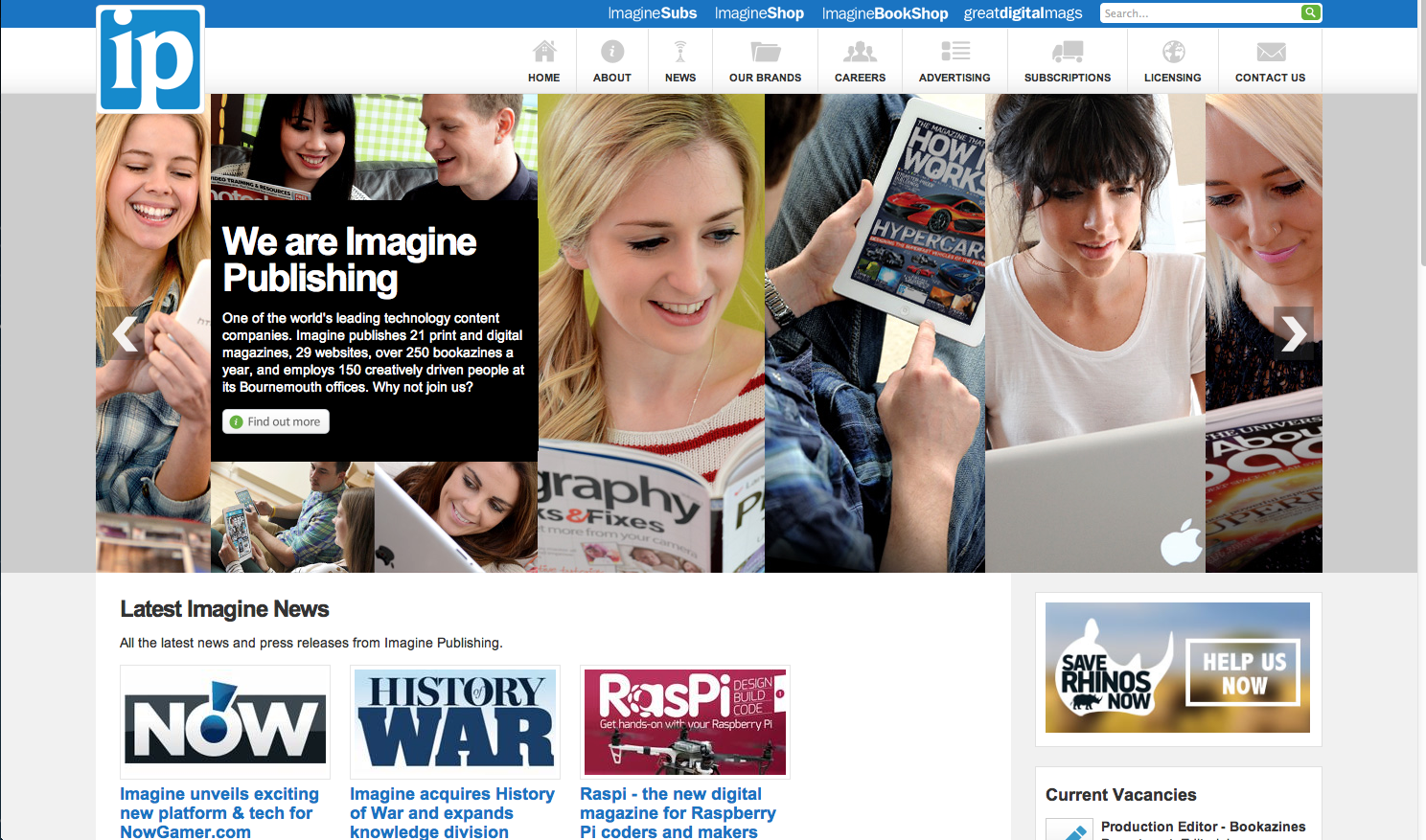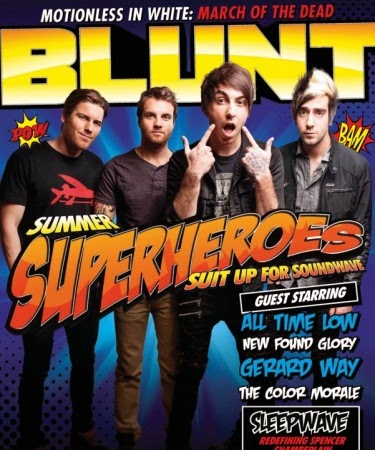Compression and File Extensions -
File formats are sequences of data used to encode digital information for storage or exchange.Digital media files can be large so it is useful to compress them for easy storage or delivery. Despite saving space, compressed files can delay the opening of the file and some types of compression can affect the quality of the file.
The most used compression types that I used in this unit were png, jpg and pdf.
JPG: The JPEG compression is typically used on photographs or paintings of realistic scenes. JPEG is also the most common format saved by digital cameras.
PNG: PNG was designed for transferring images on the internet and does not support non-RGB colour spaces.
PDF: Meaning 'Portable Document Format' PDF is a format used to present documents in a way that does not involve application software, hardware and operating systems. Each PDF file contains a fixed-layout flat document including the font, text and graphics.
Vector Images -
Vector Images are most commonly created and displayed within drawing programs. Common vector images include architectual drawings, flow charts, logos and fonts. Unlike raster images, vectors can be reshaped or rescaled without losing quality. Vector graphics consist of shapes called 'objects' which can be edited seperately for example changing the colour, shape, size etc. The vile size for a vector is also often very small.
Bitmap Images -
A Bitmap image is created whenever you take a photograph using a digital camera or scan an image from a magazine. A bitmap graphic is made up of tiny pixels which are often lots of different colours. The computer has to store every single pixel in the image which means that the file size is often quite large. When you resize or rescale a bitmap image it usually loses quality.
 |
| original image. |
 |
| resized image. |
Workflow: Photoshop -
The typical Digital Photo Workflow goes as follows: take the digital picture, download onto computer, edit the picture, archive the picture.






















































.jpg)